Table of Contents
This week I've been thinking a lot about my use of physical notebooks and how to integrate them better into my digital system. I'm writing this newsletter with a first draft in a notebook in front of me in full spirit of my physical-digital workflow.
A physical notebook is as much a part of my system as Obsidian, if not more so. I use one everyday for both my idea and task management. Put simply, I'd be lost without a pen and paper.
A notebook allows you to be more present in the moment
I always have a notebook with me. One in some guise follows me around as much as my phone, if not more. Last month I trailed my daughter around the toy shop with a notebook, making a list as she showed me all of all the toys she would like for her birthday. Most people would have used their phone.
I couldn't help but sense part of the reason why my daughter left the (giant) toy shop with no toys and no tears, was due to the fact I was more present and not distracted via phone notifications or otherwise. She still asks me to read the list from time to time (🤷♀️).
Physical notebooks allow us to slow down, think and write a lot more of what comes out of our own brain than if we were to involve digital technology. We can be more present in the moment; focusing on thoughts and ideas rather than formatting and 'correctness'.
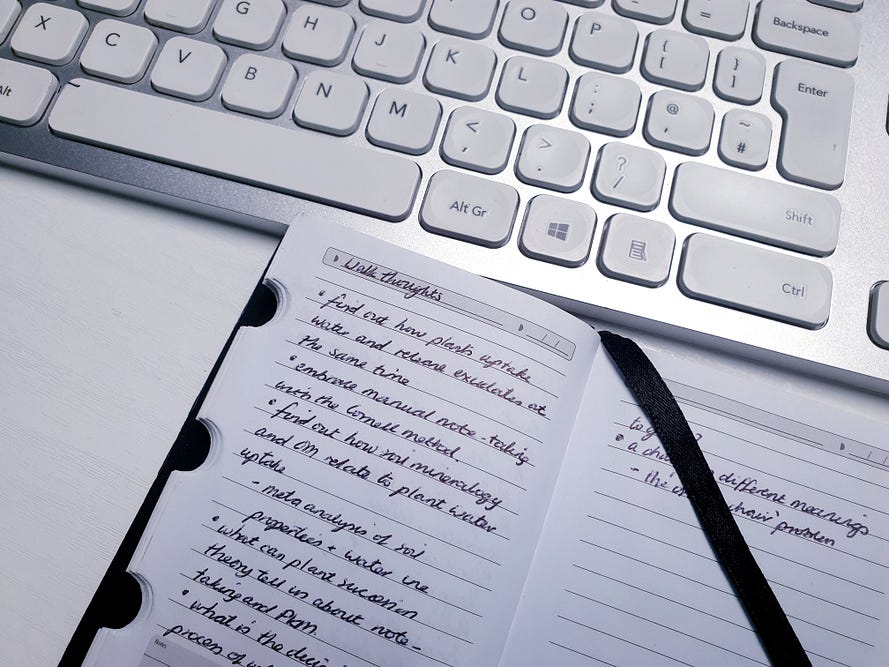
My little notebook which follows me around in my pocket
A notebook allows us to slow down our speed of consciousness
A couple of weeks ago I had a great chat with Theo Stowell, a fellow Medium creator and student. He said the following about his own use of physical notebooks:
“It’s a means of getting things from my head into something physical. When you’re online, everything is really fast-paced. You can flip from one thing to another and change tasks a lot. But if you take out a piece of paper and pen, there’s no way to flip between things on that. You have to really, really slow down and write your thoughts, your ideas and what’s on your mind, including what you’re happy with and grateful for. It’s very, very slow, as opposed to entering a note quickly in this system, and you’re looking to write a Tweet here, and then you’ve also got an article that you want to publish by the end of the day. It’s an antidote to that kind of thing.”
If you're interested to hear what he says about his own note-taking process and navigating student life, the full blog post here.
I keep task management out of Obsidian. I write much more exciting to do lists in my notebook; ones inspired by curiosity, wider thinking and well ... how Leonardo da Vinci did things.
But how can we integrate notebooks into a digital world?
I'd be lying if I didn't appreciate the benefits of a digital note taking system. But if we use plain and simple notebooks (not digitally enhanced ones or e-ink tablets) how can we integrate them in as seamless a way as possible to our digital world?
The first question is...
Do we need to?
The first point I need to make regarding digitising our notes, is do we need to? I write a lot of 'stuff', and 'stuff' is the perfect word here, that doesn't need to go any further than the pages of my book. We don't need to digitise everything.
I can also, as I am doing now, write a second digital draft, using my first physical draft without ever needing to transfer anything.
My notebooks have their own workflow as I revisit ideas, draw them out, link them up and write about them again and again. This messy part of the process doesn't need to be digitised either.
What does need to be digitised is my half finished ideas, or half used ideas, otherwise they get lost as I move onto other directions. So what options do we have then?
Capturing as is
The first way to capture the pages as is; your own hand writing scrawled across the page. This option suits any type of handwriting and is the best for doodles and drawings. With a few simple habits and the right note-taking app, this can be a friction-free way of digitising notes.
It is also the simplest way of digitising our notes. Using the new visual Backlink features of the app Capacities, there is now a beautiful way for us to use our notes in their original form:
Manual text
The second option is to convert it into typed notes manually. Although the most time-consuming method, this may suit people with messy hand-writing. Using this method, we can process our thoughts into something more concrete, often re-writing it better the second time around. If you have good daily habits around processing notes, this is a great option.
Conversion into text using OCR
The third option is a combination of the above two. By scanning our notebook and using Optical Character Recognition software, most of the hard work converting our hand-writing to text is done. Except I've found it doesn't work very well. (In the above article, you can see an example). There will be better AI versions out there, but the free Android options are not good and in my opinion, not worth the effort.
Integrating our physical notebooks into a digital world doesn't have to be an uphill struggle when we can recognise why we use them and what we need from them.
What about you?
I'd be curious to know how many of you reading this still use a physical notebook? I'd love to know, (and these questions are also useful for your own reflections):
- Why do you use it? What purpose does it have?
- How do you use it?
- When do you use it?
- Where are you when you find it most satisfying and useful?
And if you don't, would you try it? And if you need some inspiration, check out Leo's notebooks courtesy of the British Library!
Reach out on Twitter or LinkedIn, if you feel the need to express some love for your notebook!
Until next time, happy Brain STREAMING.
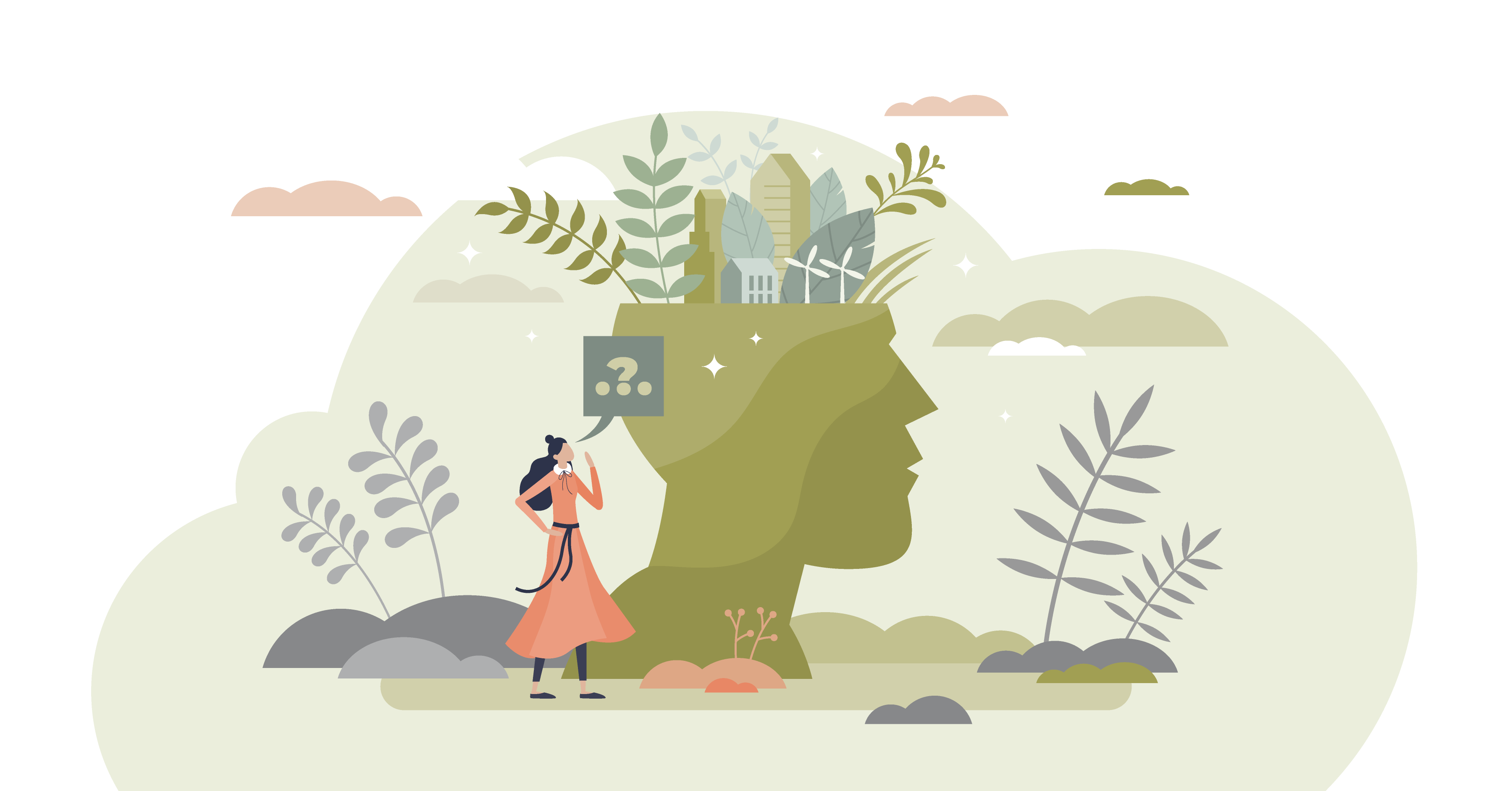

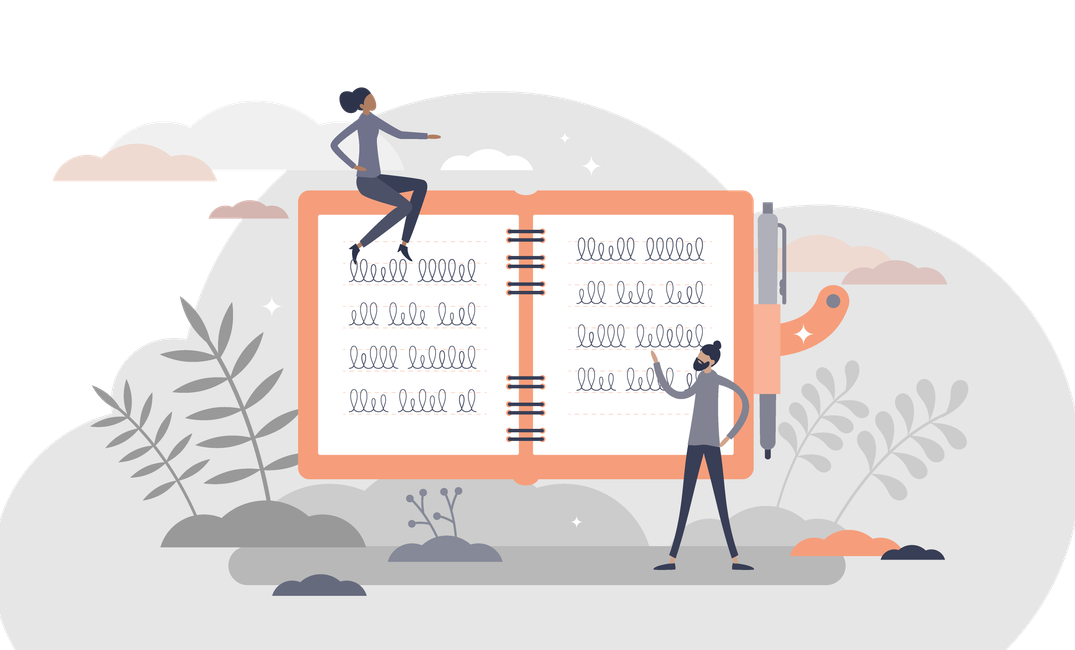


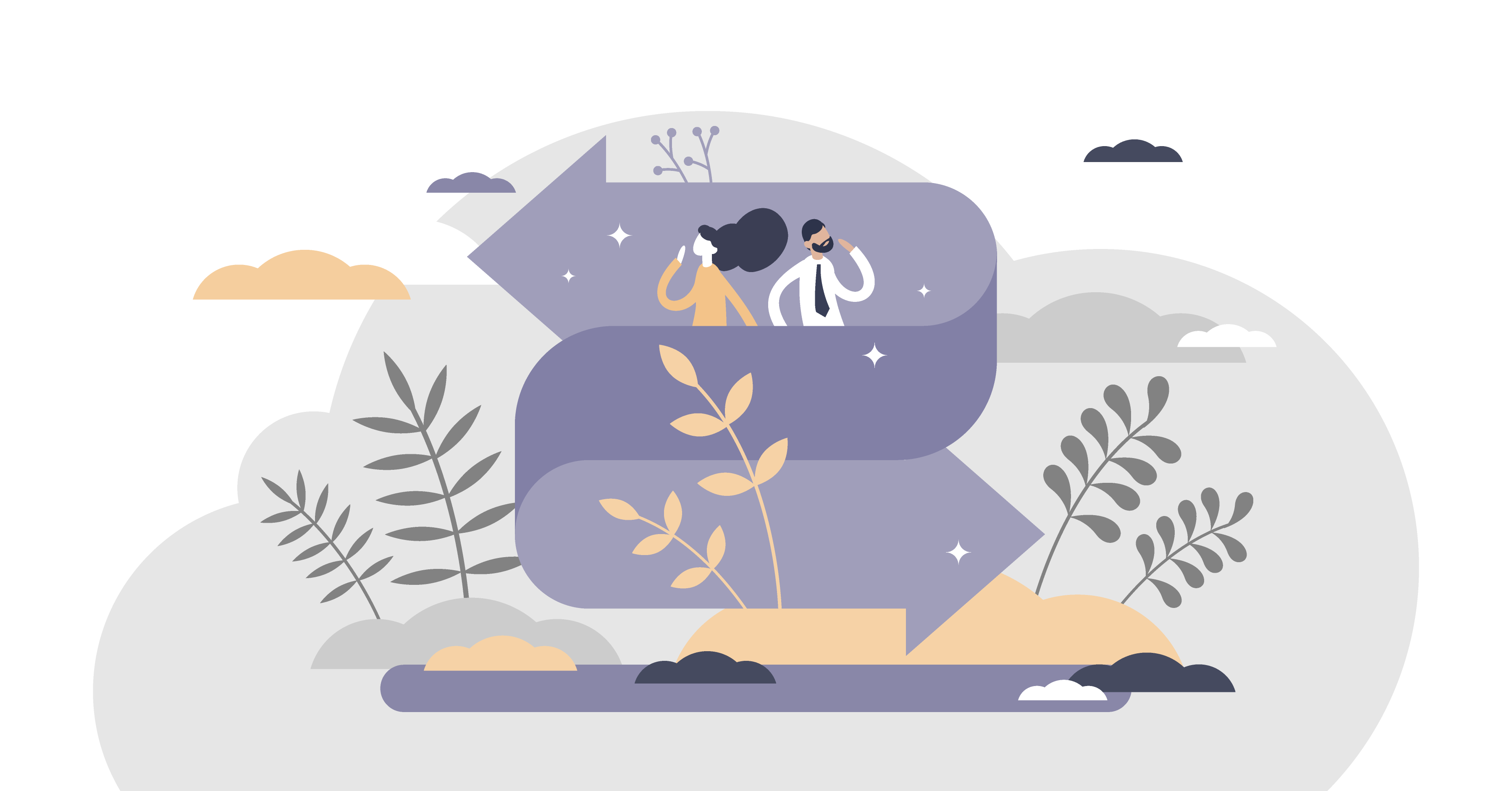
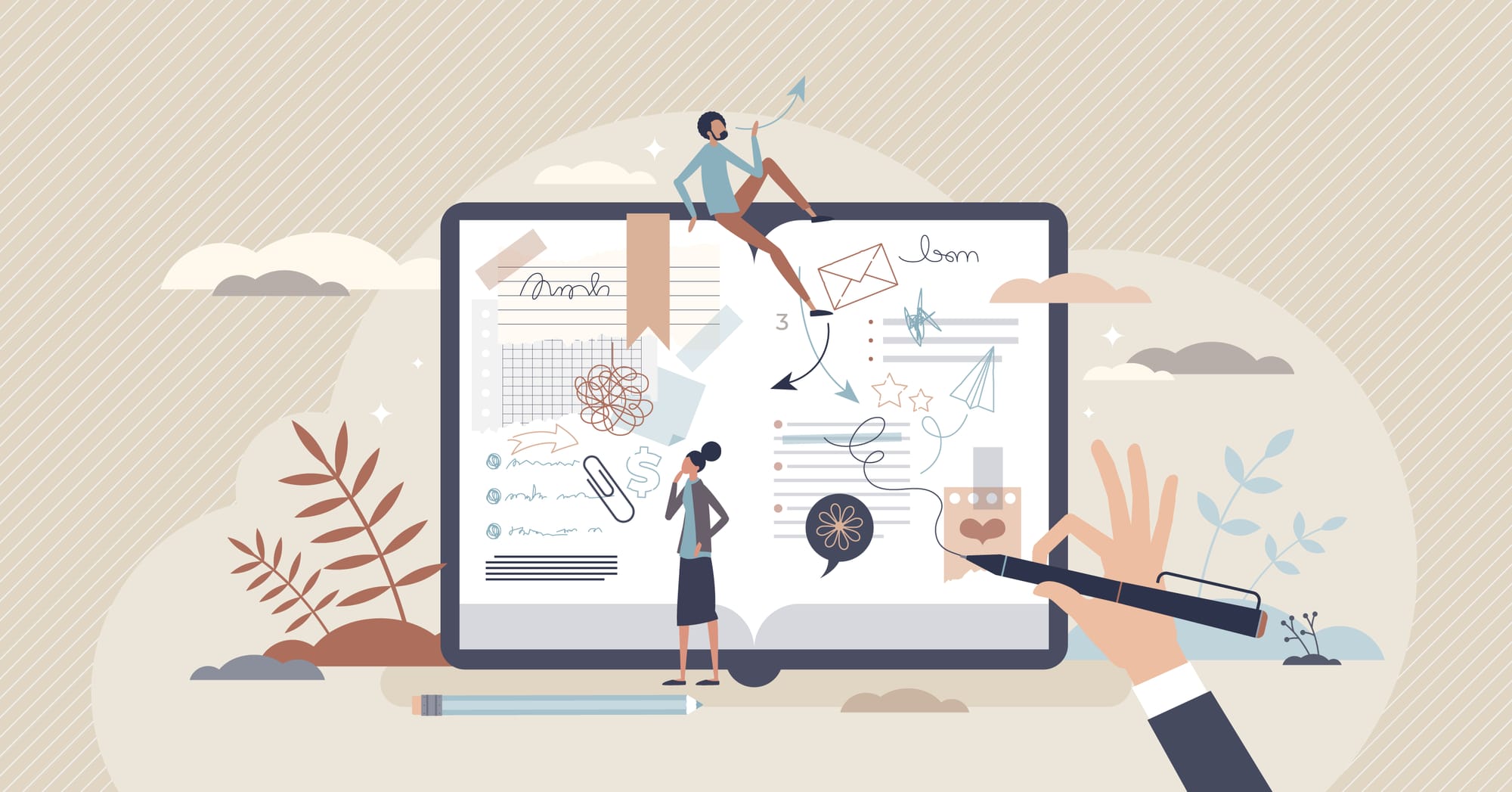
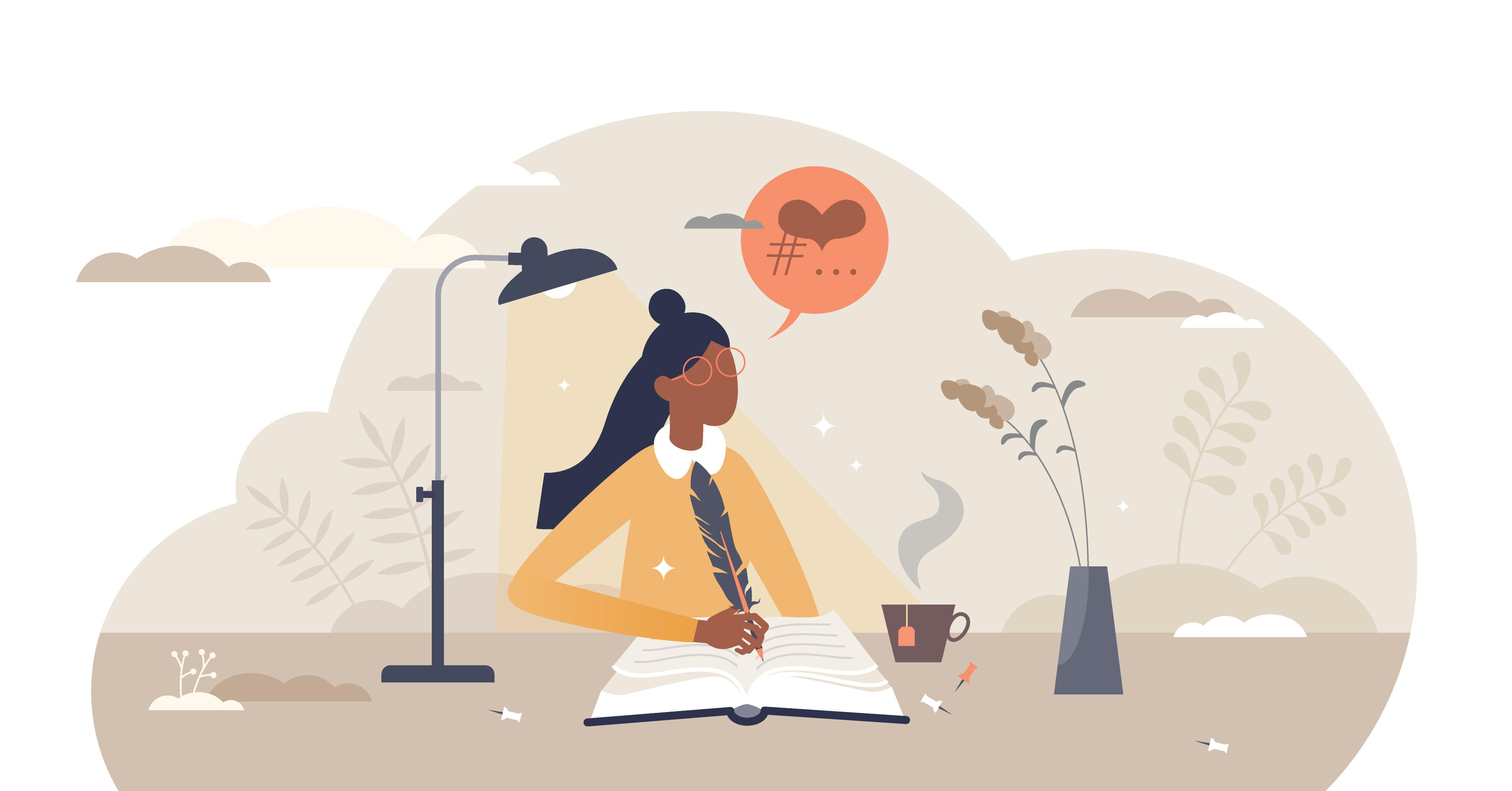
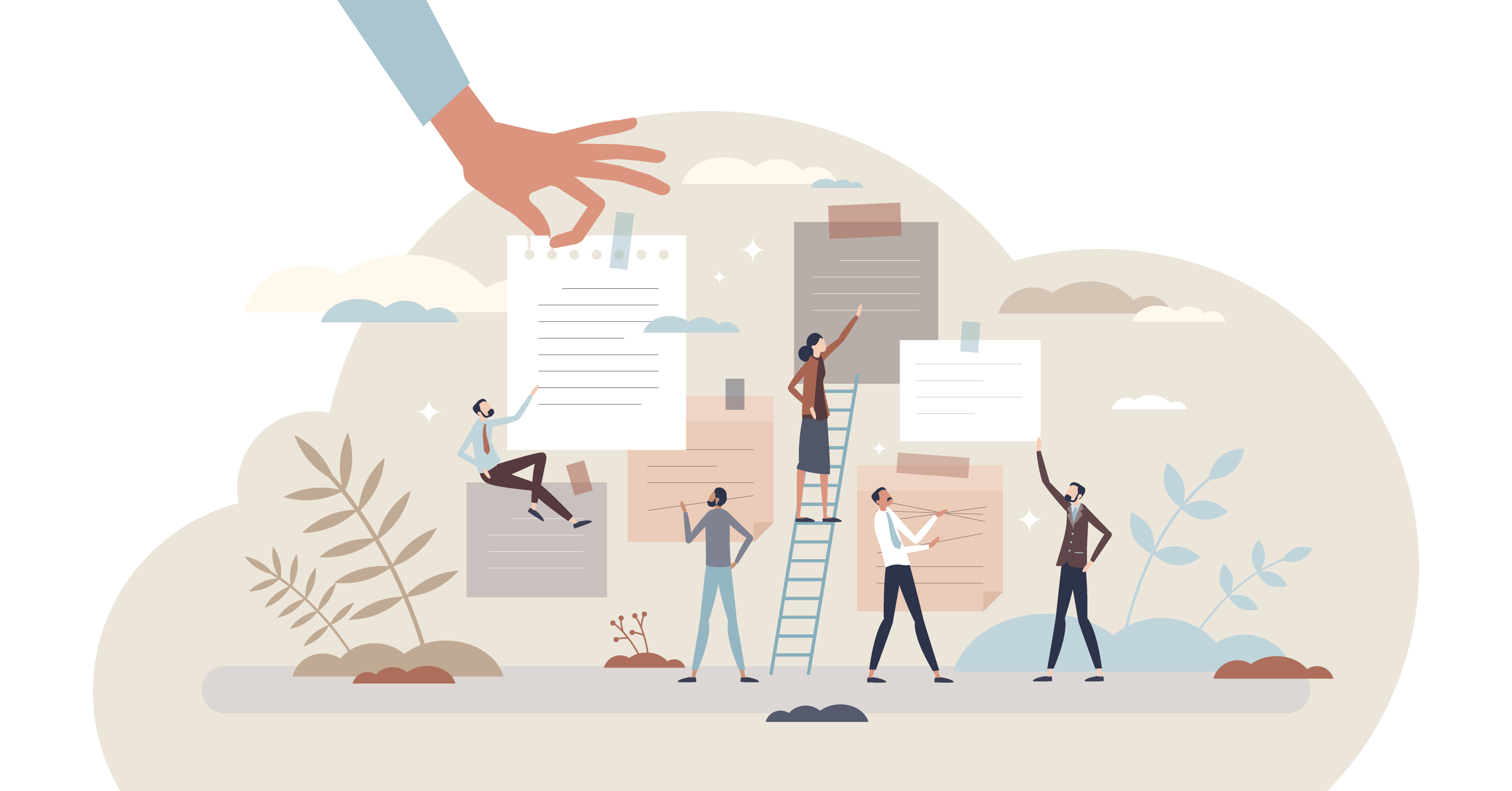
Comments